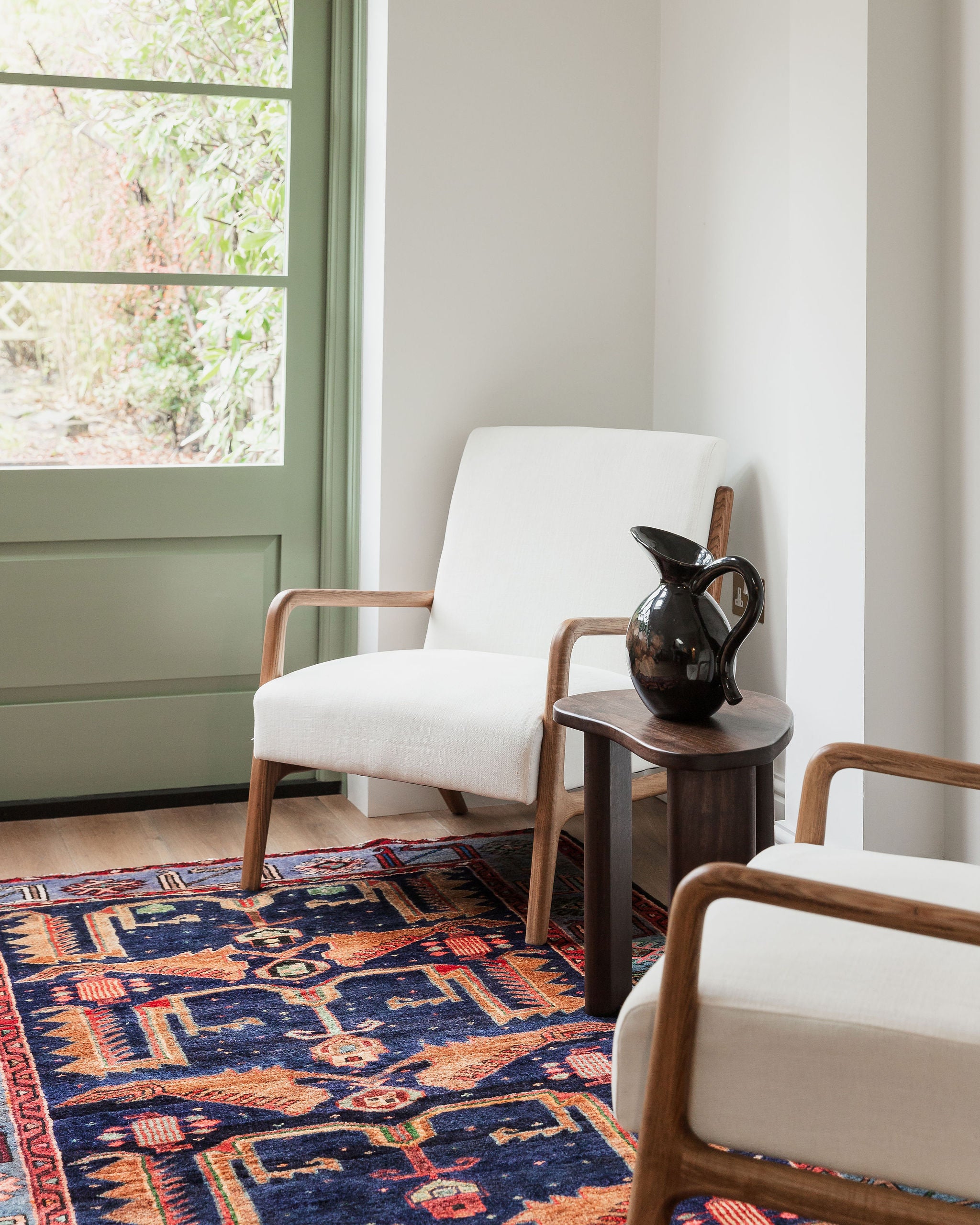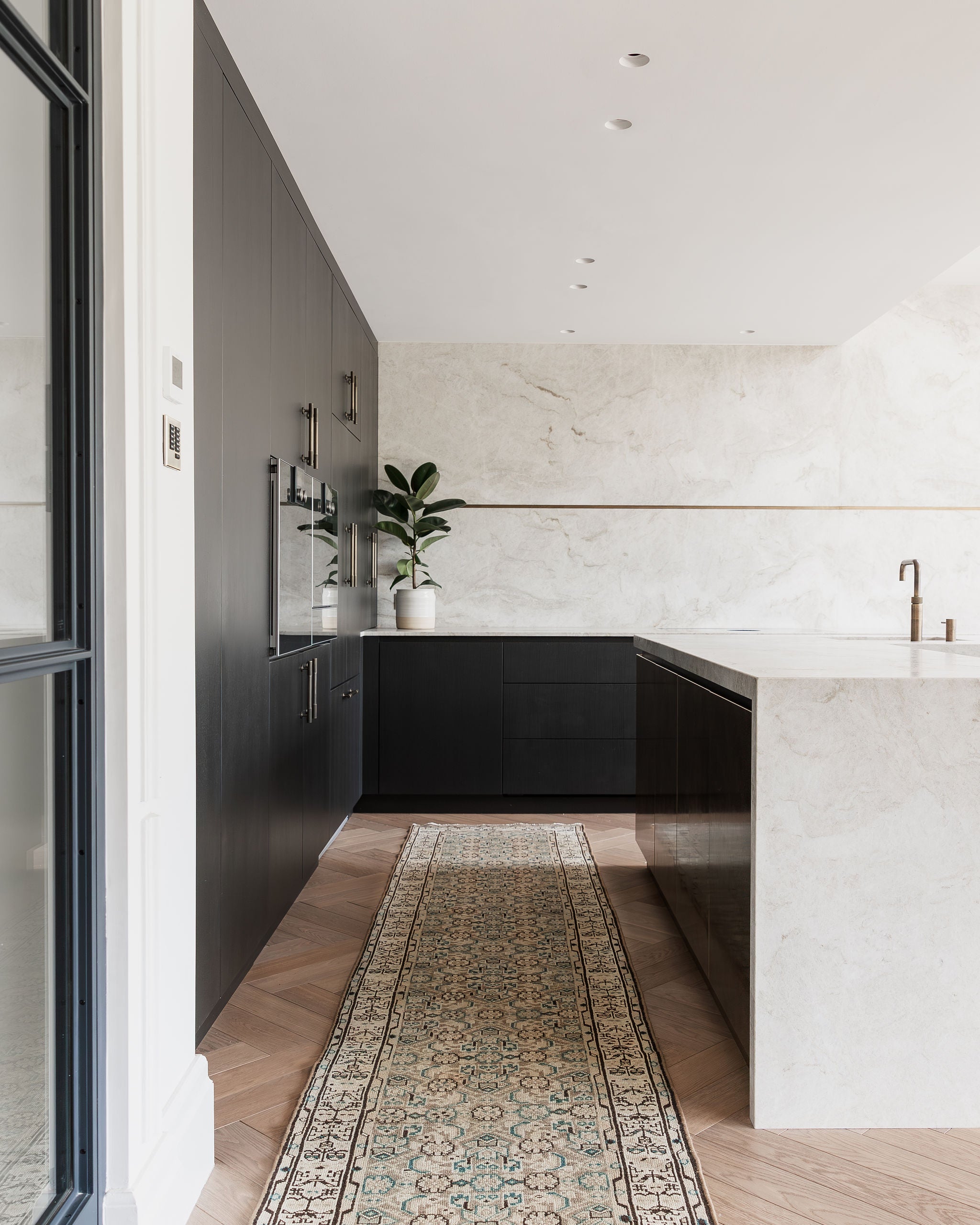Persian Rugs: Their History
A big part of what makes Persian rugs so desirable is their incredible, rich history. It's a form of art that began over 2,500 years ago.
It probably comes as no surprise that rug weaving was born out of a practical need to cover floors, especially for nomads. The rug would act as protection against cold, damp conditions. However, what began as a necessity evolved into a respected skill and craft. Over centuries the artform has been passed down from generation to generation. The variety of patterns and skill grew, and today there are thousands of designs out there. The Persians were the pioneer rug weavers of all ancient civilisations, and so have now achieved perfection. The increasing beauty of the rugs found them new owners - from kings and noblemen, who looked upon them as signs of prestige.
In 1949, two Russian archaeologists named Rudenko and Griaznov discovered the oldest of known hand knotted rugs in the Pazyryk valley, which is about 5000 feet up the Altai Mountains, in Siberia. The rug is said to have dated back to fifth century BCE, and so is not only incredibly rare, it was hand woven with such high skill. It was found in frozen tombs, that were over 2,500 years old. You can see the rug for yourself in the Hermitage Museum.

The Famous Garden Rug - "Springtime of Khosro"
First bits of evidence of the existence of handmade rugs date back to the Sassanid Dynasty (2240641 AD). Emperor Heraclius is said to have brought back rugs from his conquest of Ctesiphon, the Sassanian capital. The Arabs also conquered Ctesiphon in 637 AD and were said to have brought back many rugs, one of which was the famous garden carpet, also known as the "Springtime of Khosro". This rug has become known as one of the most precious and intricate of all time. Unfortunately the rug was later cut into many pieces and sold separately.
The Safavid Dynasty - Persian Rugs Rise
Persian rugs really rose during the Safavid Dynasty in the 16th century AD. During the reign of Shah Abbas (1587 - 1629) Persian craft prospered. This reign encouraged contacts and trade with Europe, and transformed the city of Isfahan. He built many workshops for skilled designers and craftsmen to work on handmade rugs. Two of the most famous rugs made during this period were from the mosque of Ardabil. The larger of the two is now kept in London's Victoria & Albert Museum.


Image Credit: V&A
The Last Quarter of the 19th Century
During last quarter of the 19th Century trade and craftsmanship regained their importance after the Afghan invasion of 1722, which temporarily destroyed the rug weaving trade and no rugs of value were made. Rug making flourished once more with Tabriz merchants exporting rugs to Europe via Istanbul. By the end of the 19th Century some American and European companies even set up businesses in Persia and organised craft production destined for western markets.
Today
Today, rug weaving is one of the most widespread crafts in Iran. Persian rugs have a strong heritage and reputation for their incredible intricacy and quality of design. They are popular choices for the home in the western world and high quality pieces can be found in museums and palaces all over the world. As a true piece of art they have also become popular among collectors as investment items. Though they are not being made as much as in their peak years, we do everything we can, along with others across the world, to continue to support the incredible artisans all over Iran, to be sure to keep this wonderful artform alive.









